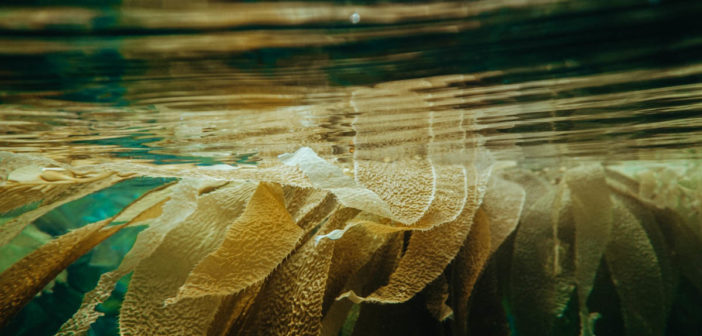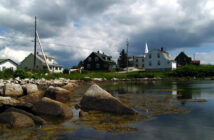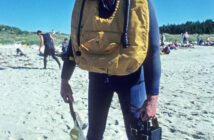It’s just not sushi anymore.
With the help of a business loan from the Atlantic Canada Opportunities Agency, Sabrena MacKenzie (chemist) and Chris Rafuse have started their creative business called SeaChange Biochemistry Inc. Their business involves the extraction of a variety of industrial chemicals from seaweed. To operate their company, they have set up business on Cape Sable Island in Nova Scotia.
SeaChange Biochemistry Inc. plans to use the whole marine algae in their process, amounting to zero waste, leading to economic and environmental appeal.
About Seaweed
The kinds of algae that grow in the sea are seaweed or sea vegetables. They are a source of food for ocean life and range from red to green to brown to black in colour. Seaweed grows around the world along rocky shorelines and is found in salty water. Seaweed is chock-full of vitamins, minerals, and fibre, and can be tasty. The possibility of consuming too much iodine is a primary worry. The majority of seaweed contains high levels, and if they eat a lot of seaweed over a prolonged period, a person can consume too much. Although high levels of iodine can be controlled by many individuals, others are more vulnerable to its effects, which may include thyroid dysfunction. Nori, which is dried in sheets and commonly used to make sushi, is the most common seaweed species. In pharmaceuticals and cosmetics, seaweed compounds are used as well.
Collecting seaweed is the method of gathering, drying and pressing seaweed. In the Victorian period, it was a common pastime and remains a hobby today. Seaweed is harvested every day in some developing countries to sustain communities. Seaweed is often used in Denmark to build roofs on houses. Seaweed is also used as feed for livestock. In Northern Europe, they have long been grazed by sheep, horses, and cattle. They are valued for the processing of fish. Adding seaweed to livestock feed will minimize methane emissions from cattle significantly.
As seaweed becomes more mainstream in Canada and the USA, it’s also showing up in new forms, like crunchy seaweed snacks and algae oil. Seaweed snacks, like any processed food, can be high in sodium and additives, but they can be a healthier replacement for chips and crackers.
In 2018, the global seaweed industry was worth more than $6 billion (USD) annually, and 85% of the 12 million tonnes produced annually were used for human consumption in food products. Besides seaweed being used as a food source and for industrial applications, it is also used as fertilizer. Asia, especially Japan, Korea and China, where seaweed cultivation has so far become a major industry, are the main users of these plants as food, until now.









